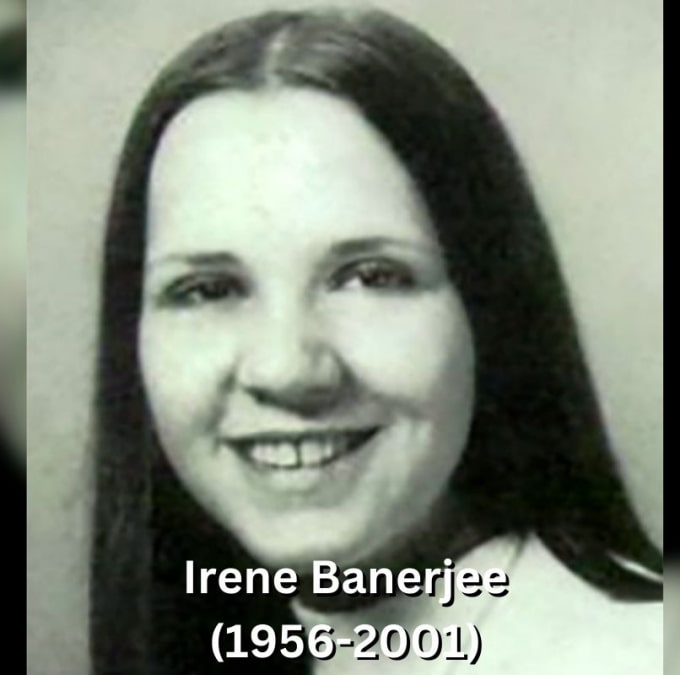Robert Joseph Flaherty is widely recognized as the pioneer of documentary filmmaking. His innovative work in the early 20th century laid the foundation for the genre we know today. This article delves into Flaherty's life, career, and enduring legacy, exploring his major works, personal life, and the significant influence he has had on the world of film.
Quick Facts
| Field | Details |
|---|---|
| Full Name | Robert Joseph Flaherty |
| Known As | The Father of Documentary Film |
| Professions | Filmmaker, Explorer |
| Date of Birth | February 16, 1884 |
| Birthplace | Iron Mountain, Michigan, USA |
| Nationality | American |
| Parents | Robert Henry Flaherty, Susan Klockner Flaherty |
| Spouse | Frances H. Flaherty |
| Children | Monica Flaherty, Frances Flaherty, Josephie Flaherty |
Early Life
Flaherty's formative years were characterized by adventure and exploration, which would later shape his career in filmmaking. Born in Iron Mountain, Michigan, his upbringing was filled with curiosity and discovery.
Childhood and Education
Born on February 16, 1884, in the mining town of Iron Mountain, Michigan, Robert Flaherty was the son of a mining engineer, Robert Henry Flaherty. His father's profession required the family to move frequently, sparking young Robert's interest in exploration.
He attended Upper Canada College in Toronto, and later, the Michigan College of Mines. However, he left his studies prematurely to join his father on various expeditions.
Early Expeditions
Flaherty's initial expeditions with his father took him to the Hudson Bay area, which would later serve as the backdrop for his most renowned work. These experiences nurtured his deep appreciation for indigenous cultures and the harsh realities of life in remote locations.
Career Highlights
Flaherty's career is renowned for groundbreaking films that merged ethnographic study with narrative storytelling. His works not only documented but also dramatized the lives of indigenous and isolated communities.
Nanook of the North (1922)
"Nanook of the North," filmed in the Canadian Arctic, is Flaherty's most famous and influential work. It chronicles the life of an Inuit man named Nanook and his family.
Filming and Production
Flaherty spent over a year living with the Inuit community in Port Harrison, Quebec. He meticulously documented their daily lives, capturing their struggles and resilience against the harsh Arctic environment. The film, funded by the French fur trade company Revillon Frères, was a commercial success and is considered the first feature-length documentary.
Impact and Legacy
"Nanook of the North" was revolutionary in its approach to documentary filmmaking. Flaherty's use of narrative techniques, such as staging scenes for dramatic effect, was controversial but ultimately influential. The film's success paved the way for future ethnographic films and established Flaherty as a pioneer in the genre.
Moana (1926)
After the success of "Nanook of the North," Flaherty directed his lens towards the South Pacific, specifically Samoa, to film "Moana."
Concept and Execution
"Moana" aimed to capture the idyllic lifestyle of the Samoan people, providing a stark contrast to the harsh conditions depicted in "Nanook." Flaherty and his family lived among the Samoan community for over two years, immersing themselves in their culture.
Reception and Criticism
While "Moana" was not as commercially successful as "Nanook," it was praised for its beautiful cinematography and respectful portrayal of Samoan culture. However, some critics argued that Flaherty's romanticized depiction glossed over the complexities of Samoan life.
Man of Aran (1934)
"Man of Aran" is another notable work in Flaherty's filmography. Set on the rugged Aran Islands off the coast of Ireland, the film depicts the daily struggles of the island's inhabitants.
Filming Challenges
The making of "Man of Aran" was fraught with challenges, such as harsh weather conditions and the physical demands placed on the cast and crew. Despite these obstacles, Flaherty managed to capture stunning footage of the island's dramatic landscapes and the resilience of its people.
Critical Acclaim
"Man of Aran" received critical acclaim for its breathtaking visuals and compelling narrative. It solidified Flaherty's reputation as a master of documentary filmmaking and further demonstrated his ability to blend ethnographic study with cinematic storytelling.
Louisiana Story (1948)
"Louisiana Story" is one of Flaherty's later works and is unique for its collaboration with the Standard Oil Company, which funded the project.
Storyline and Themes
The film narrates the story of a young Cajun boy and his encounters with an oil drilling operation in the Louisiana bayou. Unlike his earlier works, "Louisiana Story" had a more scripted and polished feel, blending documentary elements with a fictional narrative.
Awards and Recognition
"Louisiana Story" was well-received and earned an Academy Award nomination for Best Original Screenplay. The film's score, composed by Virgil Thomson, won the Pulitzer Prize for Music, further cementing its place in cinematic history.
Personal Life
Flaherty's personal life was as intricate and adventurous as his professional career. His relationships and experiences deeply influenced his work and legacy.
Marriage to Frances H. Flaherty
Flaherty married Frances Hubbard in 1914, and she became an integral part of his filmmaking process. Frances not only supported Robert emotionally but also contributed creatively, often assisting with scripting and editing.
Collaborative Partnership
Frances's influence is evident in many of Flaherty's films. She had a keen eye for detail and a deep understanding of narrative structure, which complemented Robert's visual storytelling. Their partnership was a driving force behind the success of their projects.
Affair and Children
While on location in the Arctic, Flaherty had an affair with an Inuk actress, which resulted in the birth of his son, Josephie Flaherty. This aspect of his life was kept private for many years and only came to light through the writings of author Melanie McGrath.
Family Dynamics
The revelation of Flaherty's affair and the existence of Josephie added a layer of complexity to his personal narrative. Despite this, Flaherty remained devoted to his family. His children, Monica and Frances, followed in his footsteps, contributing to the arts and film.
Major Achievements
Flaherty's contributions to documentary filmmaking earned him numerous accolades and cemented his place in cinematic history.
Induction into the Royal Geographic Society
Flaherty's explorations and contributions to ethnographic film earned him induction into the Royal Geographic Society. This honor highlighted the significant impact of his work on both filmmaking and anthropological studies.
Establishment of the Flaherty Seminar
In 1955, Frances Flaherty established the Flaherty Seminar in memory of her late husband. This annual international forum for filmmakers continues to be a platform for discussing and advancing documentary film.
Continuing Legacy
The Flaherty Seminar has become a prestigious event in the film industry, attracting filmmakers, scholars, and enthusiasts from around the world. It serves as a testament to Robert Flaherty's enduring influence on the genre.
Financial Insights
Flaherty's financial success varied throughout his career. While some of his films were commercially successful, others faced financial challenges.
Net Worth and Earnings
Detailed financial records of Flaherty's earnings are not readily available. However, it's known that "Nanook of the North" was a commercial success, earning significant revenue. In contrast, "Moana" and "Man of Aran" faced financial difficulties, despite their critical acclaim.
Funding and Sponsorship
Flaherty often relied on funding from external sources, such as Revillon Frères for "Nanook" and Standard Oil for "Louisiana Story." These sponsorships were crucial in bringing his ambitious projects to life.
Financial Challenges
Despite his success, Flaherty faced financial challenges throughout his career. The high costs of filming in remote locations and the unpredictability of the film industry meant that he often struggled to secure funding for his projects.
Conclusion
Robert J. Flaherty's pioneering work in documentary filmmaking has left an indelible mark on the industry. His innovative approach to storytelling, combined with his deep respect for the cultures he documented, set a new standard for the genre. Through films like "Nanook of the North," "Moana," and "Man of Aran," Flaherty not only entertained audiences but also provided valuable insights into the lives of people in remote and often misunderstood communities. His contributions to documentary filmmaking continue to be celebrated and studied, ensuring that his legacy endures for future generations.












